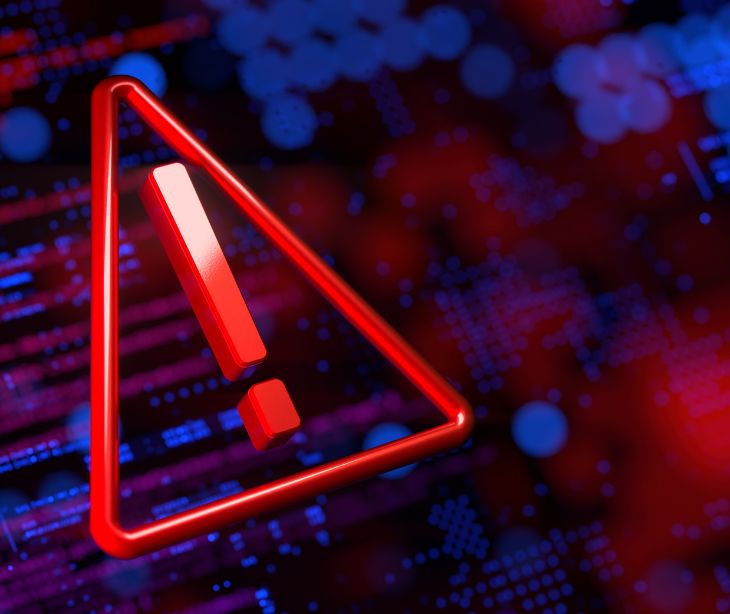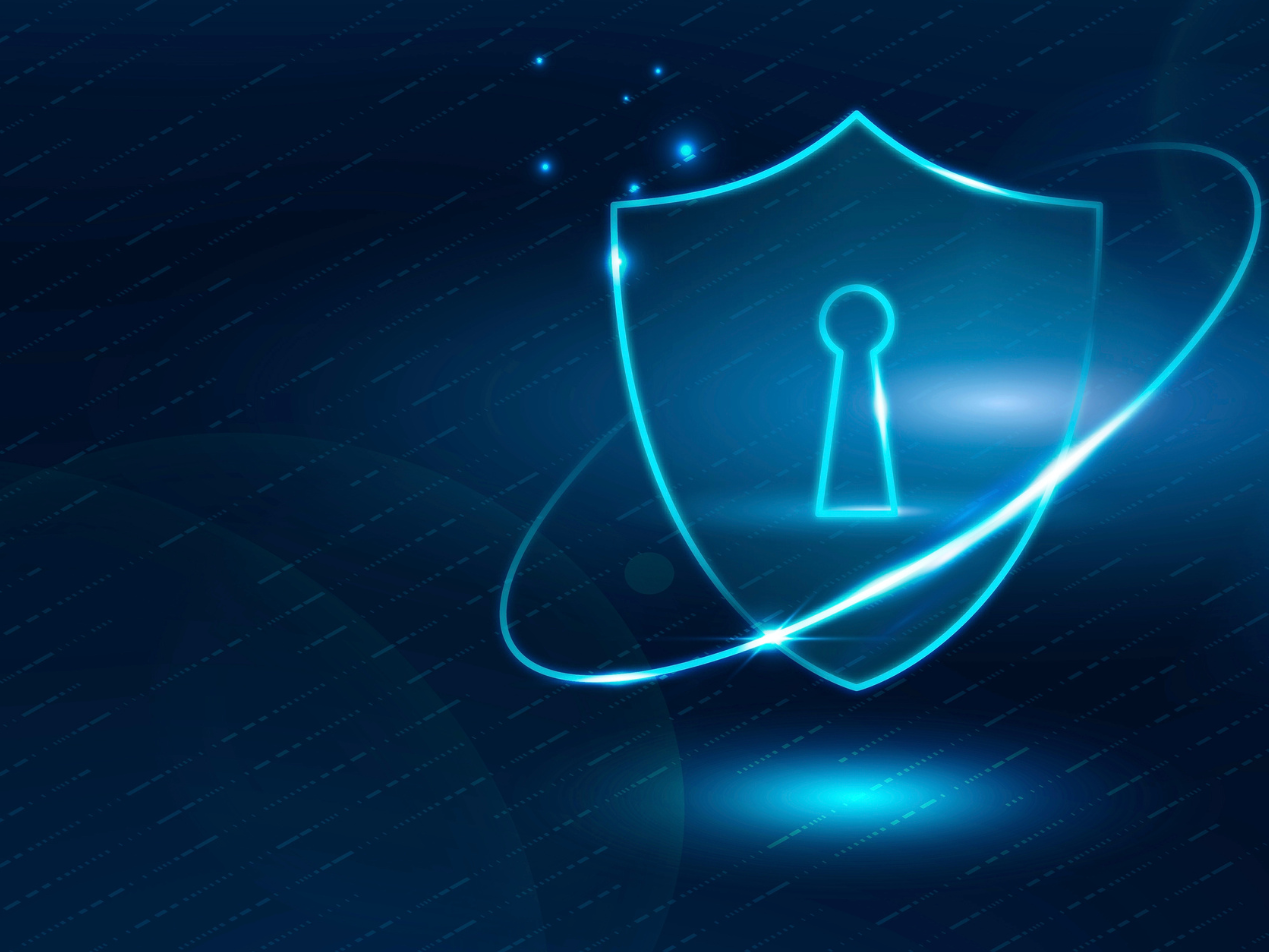
Threat management is a process used by cybersecurity professionals to prevent cyberattacks, detect cyber threats, and respond to security incidents.
Organizations can effectively mitigate insider threats by adopting a unified approach to security data and leveraging advanced technologies, such as cyber threat management systems, to counter advanced threats.
Understanding the fragmented security landscape
One of the issues security teams face is information fragmentation, which leads to blind spots in security operations. These blind spots hinder the team's ability to identify and address security threats effectively. Traditional antivirus software is no longer sufficient to combat the dangers organizations face, such as mutating software, advanced persistent threats (APT), insider threats, and vulnerabilities.
The disappearance of a clearly defined perimeter in IT infrastructure and the rise of remote workforces have further complicated the security landscape. Enterprises now face complex risks and security threats that they have never experienced before. Security professionals need enhanced visibility and a unified approach to security data to overcome these challenges.
Read also: How to build and sustain a culture of security
The role of cyber threat management
Security teams have turned to cyber threat management systems to address the evolving threat landscape. These systems, powered by automation and informed by AI, provide the necessary tools and insights to counter advanced attacks by cybercriminals.
These systems unify security data and enable security teams to confidently navigate and identify data at risk and vulnerabilities across networks, endpoints, and clouds.
Related: What is cyber extortion in healthcare?
How threat management works
Many modern threat management systems use the cybersecurity framework established by the National Institute of Standards and Technology (NIST). Five primary functions make up its core structure. They are to identify, protect, detect, respond, and recover.
Identify
Cybersecurity teams need a thorough understanding of the organization's most important assets and resources. The identify function includes categories, such as asset management, business environment, governance, risk assessment, risk management strategy, and supply chain risk management.
Protect
The protect function covers many technical and physical security controls for developing and implementing appropriate safeguards and protecting critical infrastructure. These categories are identity management and access control, awareness and training, data security, information protection processes and procedures, maintenance, and protective technology.
Detect
The detect function implements measures that alert an organization to cyberattacks. Detect categories include anomalies and events, continuous security monitoring, and early detection processes.
Respond
The respond function ensures an appropriate response to cyberattacks and other cybersecurity events. Categories include response planning, communications, analysis, mitigation, and improvements.
Recover
Recovery activities implement plans for cyber resilience and ensure business continuity in the event of a cyberattack, security breach, or another cybersecurity event. The recovery functions are recovery planning improvements and communications.
The future of threat management
As the threat landscape continues to evolve, the field of threat management will also undergo significant advancements. Emerging technologies such as machine learning, behavioral analytics, and threat intelligence sharing will significantly strengthen security measures.
Machine learning and behavioral analytics
Machine learning helps organizations detect potential threats by analyzing data for anomalies and patterns, allowing proactive response before harm occurs.
Threat intelligence sharing
Sharing threat intelligence among organizations enhances threat management efforts by identifying emerging threats and common attack patterns, and implementing proactive security measures.
In the news
Recognizing the urgent need to bolster cybersecurity resilience across the healthcare industry, the Biden-Harris administration spearheaded the Health Sector Cyber Initiative. Under this landmark program, tech giants Microsoft and Google have stepped up to the plate, committing to provide rural and critical access hospitals with a lifeline of free and heavily discounted cybersecurity services.
The commitments from Microsoft and Google indicate the private sector's role in supporting the resilience of the rural healthcare system. By providing free and discounted cybersecurity services, these tech giants are stepping up to safeguard the communities that rely on these facilities for their well-being.
As the Biden administration's Health Sector Cyber Initiative continues to drive progress, the collaborative efforts of the public and private sectors will be pivotal in ensuring that every American, regardless of their geographic location, can access the care they need without the threat of cyberattacks.
See more: Microsoft and Google's cybersecurity lifeline for underserved communities
FAQs
What is threat management and how does it relate to healthcare security?
Threat management is the process of identifying, assessing, and responding to potential security threats that could impact an organization's information systems. In healthcare, threat management involves protecting sensitive patient information, ensuring system integrity, and maintaining compliance with HIPAA regulations by proactively addressing potential security risks.
Why is threat management important for HIPAA compliance in healthcare settings?
Threat management benefits HIPAA compliance because it helps healthcare organizations identify and address vulnerabilities that could lead to unauthorized access to protected health information (PHI). Effective threat management helps prevent data breaches, avoid HIPAA violations, and ensure that patient data is secure and protected against various types of cyber threats.
What are the potential risks associated with inadequate threat management under HIPAA?
- Data breaches: Unauthorized access to and theft of patient records and sensitive medical information.
- Service disruption: Interruptions in healthcare services and access to medical systems due to security incidents.
- Data corruption: Alteration or loss of healthcare information as a result of unmanaged threats.
- Financial losses: Costs associated with breach remediation, legal penalties, and potential restitution for affected patients.
- Non-compliance: Failing to adhere to HIPAA’s security requirements, leading to potential fines and legal consequences.
Subscribe to Paubox Weekly
Every Friday we'll bring you the most important news from Paubox. Our aim is to make you smarter, faster.




